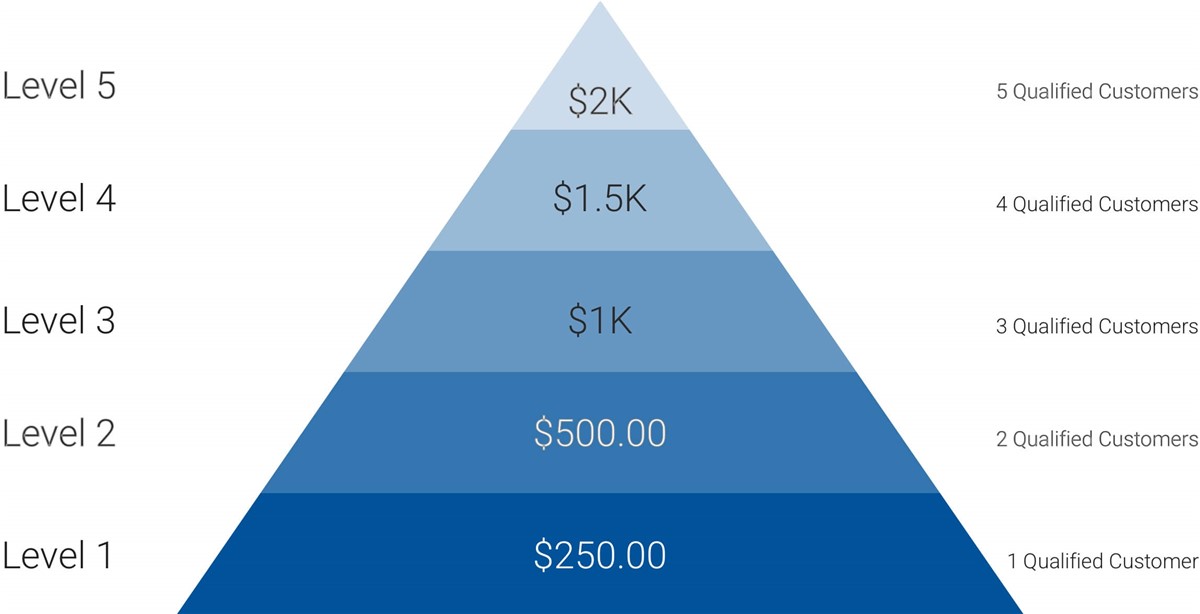Once you are certain that the risk has passed and your family is safe, use this checklist to detect signs of storm damage. Wear protective gear and bring a partner for added safety.
1. Inspect your yard. If you smell gas or see downed wires, leave the area and call your utility company.
2. Look for dents in your garage doors, mailbox, gutters or flashing.
3. Scout for chipped paint, a telltale sign of storm damage.
4. Examine windows, looking for small cracks or shatters.
5. Check downspouts and gutters for granular loss material from roofing.
6. Note any spatter marks on your fences or sidewalks.
7. Search your landscaping for shingles or tiles that may have blown off from the roof.
8. Keep an eye out for discoloration in your paint or siding. If you have a stucco home, look for cracks, chips or holes.
9. Notice leaf litter. Look for an abundance of leaves covering your lawn and street that were not there prior to the storm. There may also be holes in your plants.
10. Look for interior signs of storm damage, including leaks in your attic or on the ceiling.
If you see any of these signs of storm damage, contact a trained expert at Exterior Improvements.
Never make your own determination or rely on a contractor who is not specialized in storm restoration.
Note that most insurance policies give homeowners one year from the date of a loss to file a claim. While the law in your state may differ, the earlier you file storm-related damage, the better chance you have of collecting fair benefits.
Subscribe to Exterior Improvements's Blog





Comments